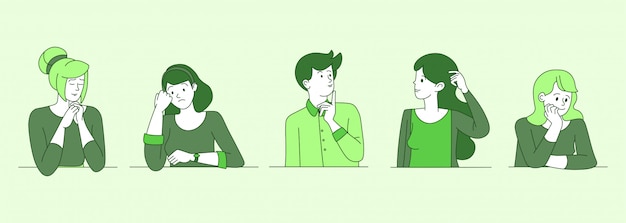- Research Blog 6 - Final Research Proposal -
- Final Research Proposal -
~ WORKING TITLE~
~ TOPIC DESCRIPTION ~
~ RESEARCH QUESTION ~
~ THEORETICAL FRAMEWORK ~
Unfortunately, this study was done in the
Netherlands and not in the United States so the statistics may be off, but the
articles that were cited in its intro can help look at the relationship between
lucid dreaming and nightmares globally. I will also be looking at the
relationship between lucid dreaming and video games, and so a part of my paper
will be discussing how video games can help supplement LDT and possibly
encourage greater effectiveness. Because the topic seems to be approaching a more
psychological lens, I have more interest due to my major being psychology and
my general interest in unconventional treatment methods for different mental
illnesses/disorders such as the use of VR, virtual reality, with patients
suffering from PTSD. There will also be a lot more neuroscience than I
initially thought as there lucid dreaming has been proven to be a real
phenomenon that the brain undergoes and can train to do. And so, I will be
trying my best to deliver the terms as clearly as I can.
~ CASE(S) or EXAMPLES ~
There is a book titled Emotions, Technology, and Digital Games written by Johnathan Brown and Jayne Gackenbach that has a chapter titled Video games, Nightmares, and Emotional Processing. In this chapter, Gackenbach and Brown summarize the research that supports the hypothesis that playing video games can help grant gamers protection from nightmares and that this can alter emotional processing and regulation during the daytime when they are awake. There is something that is called the nightmare protection effect that is mentioned in the chapter to be related to threat stimulation theories that suggest that humans have the basic need of wanting to rehearse threatening situations as a form of survival adaptation. And so, the usage of violent video gameplay may help to subvert this process and thus remove the need for nightmare virtual rehearsal. It also mentioned that those who participated were students and active-duty soldiers and that females were not included in the study. Thus, making one of my examples being an examination of male students and active-duty soldiers who play violent video games and their effects concerning nightmares and how they may be connected to lucid dreaming.
~ WORKING BIBLIOGRAPHY ~
Bown, Johnathan, and Jayne
Gackenbach. “Video Games, Nightmares, and Emotional Processing.” Emotions,
Technology, and Digital Games, Academic Press, 25 Mar. 2016, (RUID ACCESS NEEDED)
www.sciencedirect.com/science/article/pii/B9780128017388000014#:~:text=More%20presence%20in%20video%20games,control%20dreaming)%20and%20nightmare%20protection.&text=Anecdotally%2C%20experiences%20of%20increased%20lucid,our%20laboratory%20following%20VR%20gameplay.
de Macêdo, Tainá Carla
Freitas, et al. “My Dream, My Rules: Can Lucid Dreaming Treat Nightmares?” Frontiers
in Psychology, Frontiers Media S.A., 26 Nov. 2019, www.ncbi.nlm.nih.gov/pmc/articles/PMC6902039/.
Stumbrys, Tadas, et al.
“Induction of Lucid Dreams: A Systematic Review of Evidence.” Consciousness
and Cognition, vol. 21, no. 3, 2012, pp. 1456–1475.,
doi:10.1016/j.concog.2012.07.003.

















